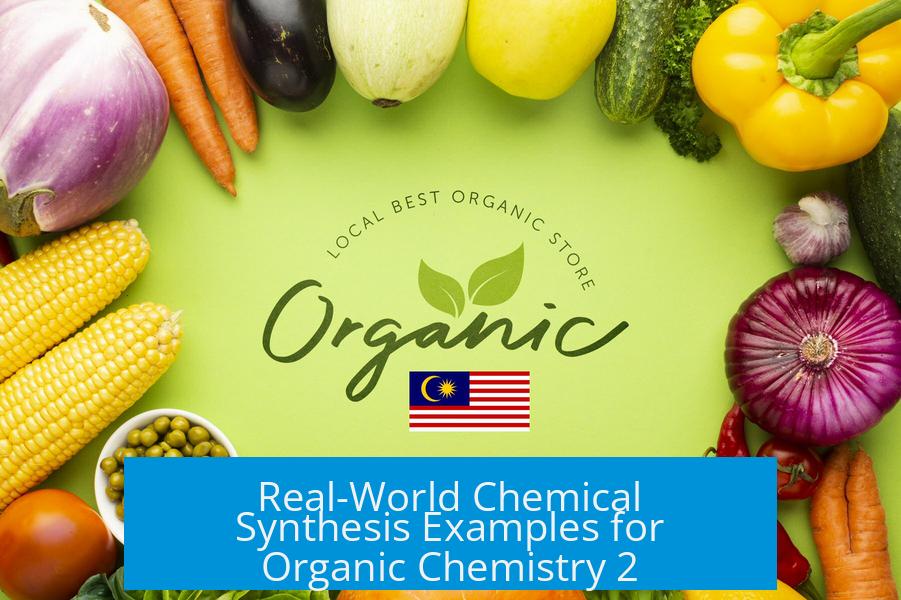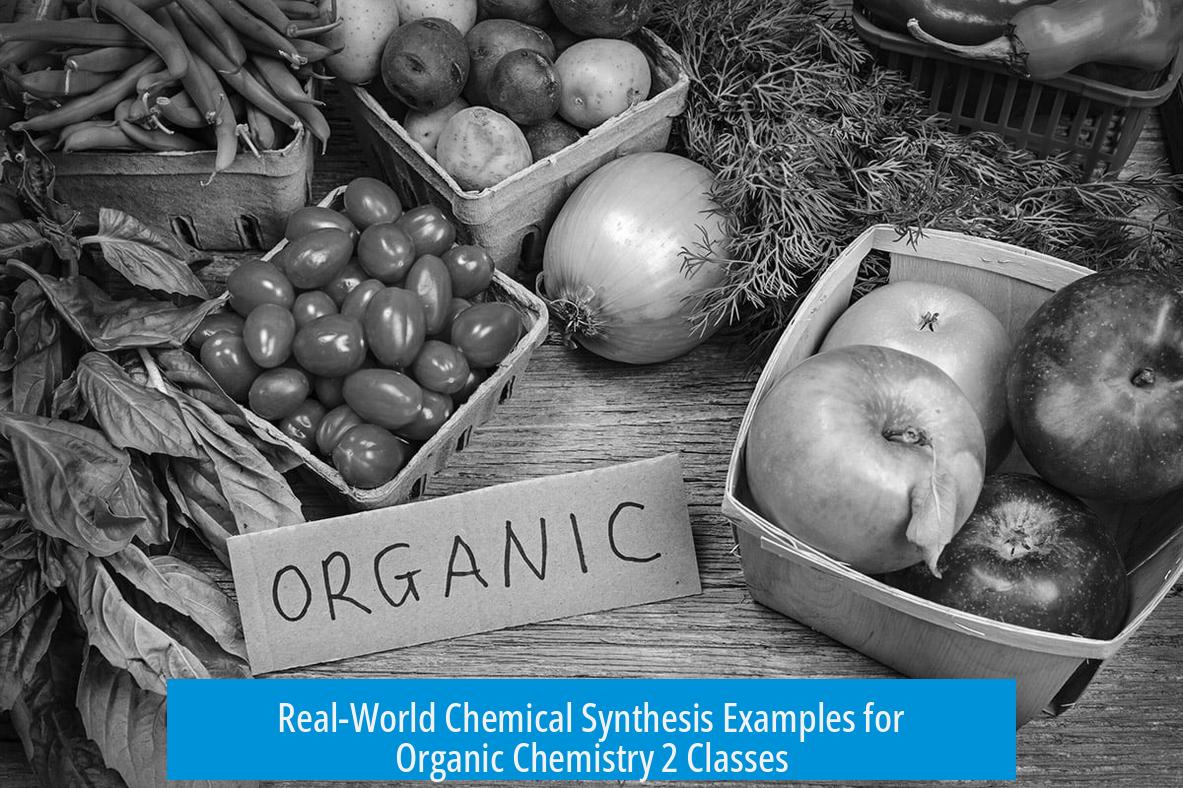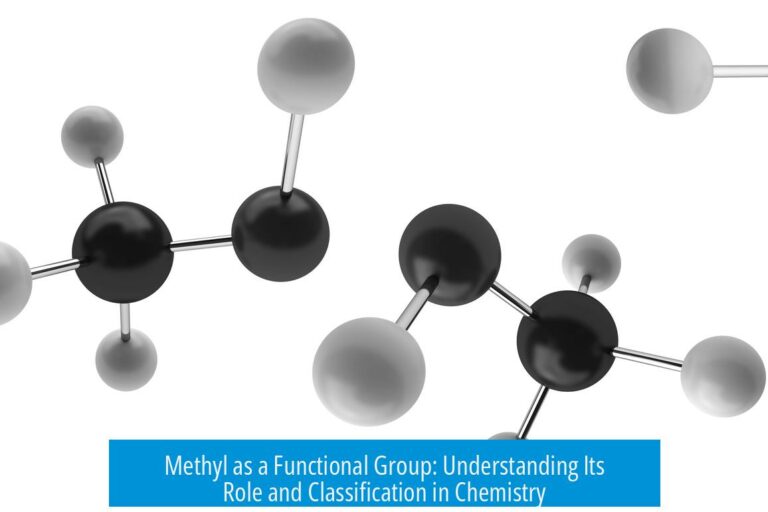Real-World Chemical Synthesis Examples for Organic Chemistry 2

Several practical organic syntheses directly apply the reactions students learn in Organic Chemistry 2. These examples illustrate key transformations like esterification, rearrangements, Grignard reactions, and substitution mechanisms in real-world contexts.
1. Pharmaceutical Syntheses Using Common Reactions
- Acetaminophen (Tylenol) Synthesis: This process involves the Beckmann rearrangement, a reaction converting oximes to amides. Students see how functional group interconversion creates a widely used pain reliever.
- Benzocaine Synthesis: Using esterification, this pathway forms an anesthetic from para-aminobenzoic acid, demonstrating acid-catalyzed ester formation taught in class.
- Aspirin and Ibuprofen: Both follow synthetic routes involving acylation and substitution reactions, connecting textbook mechanisms to pharmaceutical manufacturing.
2. Complex and Industrial Syntheses Illustrate Advanced Concepts
- Propranolol Industrial Synthesis: Integrates multiple reaction types including nucleophilic substitution (SN1/SN2), showcasing multi-step synthetic planning and scale-up considerations.
- Ketamine Synthesis: Combines Grignard reactions, nitrile chemistry, imine formation, and rearrangements. This multifaceted example reinforces diverse concepts from organometallic to substitution chemistry.
3. Household Chemical Synthesis of Pyrimethamine
This synthesis uses reagents accessible in households, illustrating the practical application of core reactions but also highlights the challenges and hazards in organic synthesis. Videos documenting these steps provide visual context and show how textbook reactions translate into hands-on work.
4. Environmental and Safety Considerations

The de-synthesis of Agent Orange offers a real-world scenario to discuss side products like dioxins, linking organic mechanisms to environmental impact and health risks. This encourages critical thinking about synthetic choices and consequences.
Summary of Key Takeaways
- Simple reactions like esterification and Beckmann rearrangement underpin important drug syntheses.
- Industrial examples reveal how foundational reactions combine into multi-step syntheses.
- Household chemical syntheses demonstrate practical challenges and safety concerns.
- Environmental impacts of organic synthesis offer valuable lessons on chemical responsibility.
- Using these examples connects classroom theory with tangible, impactful applications.





Leave a Comment